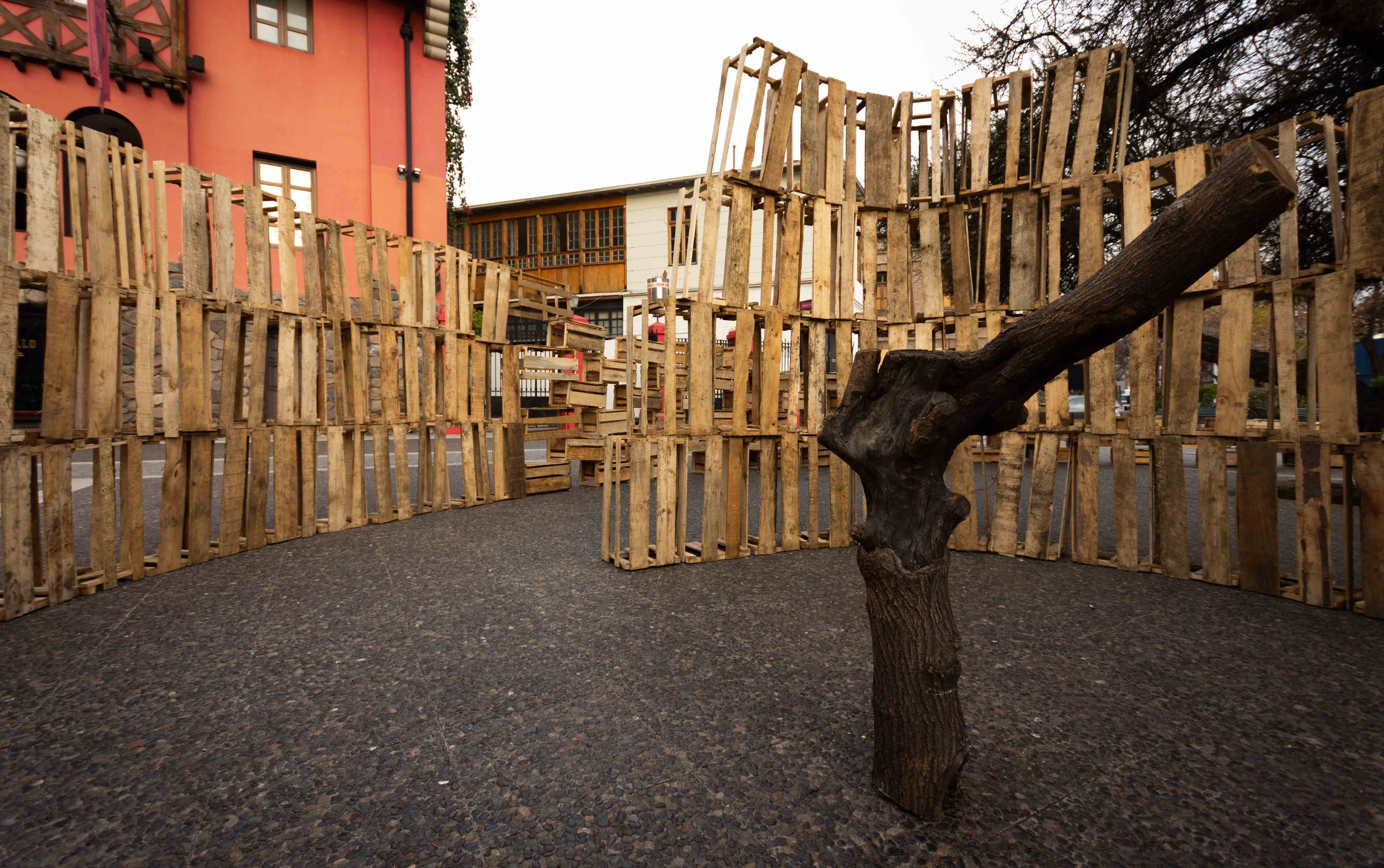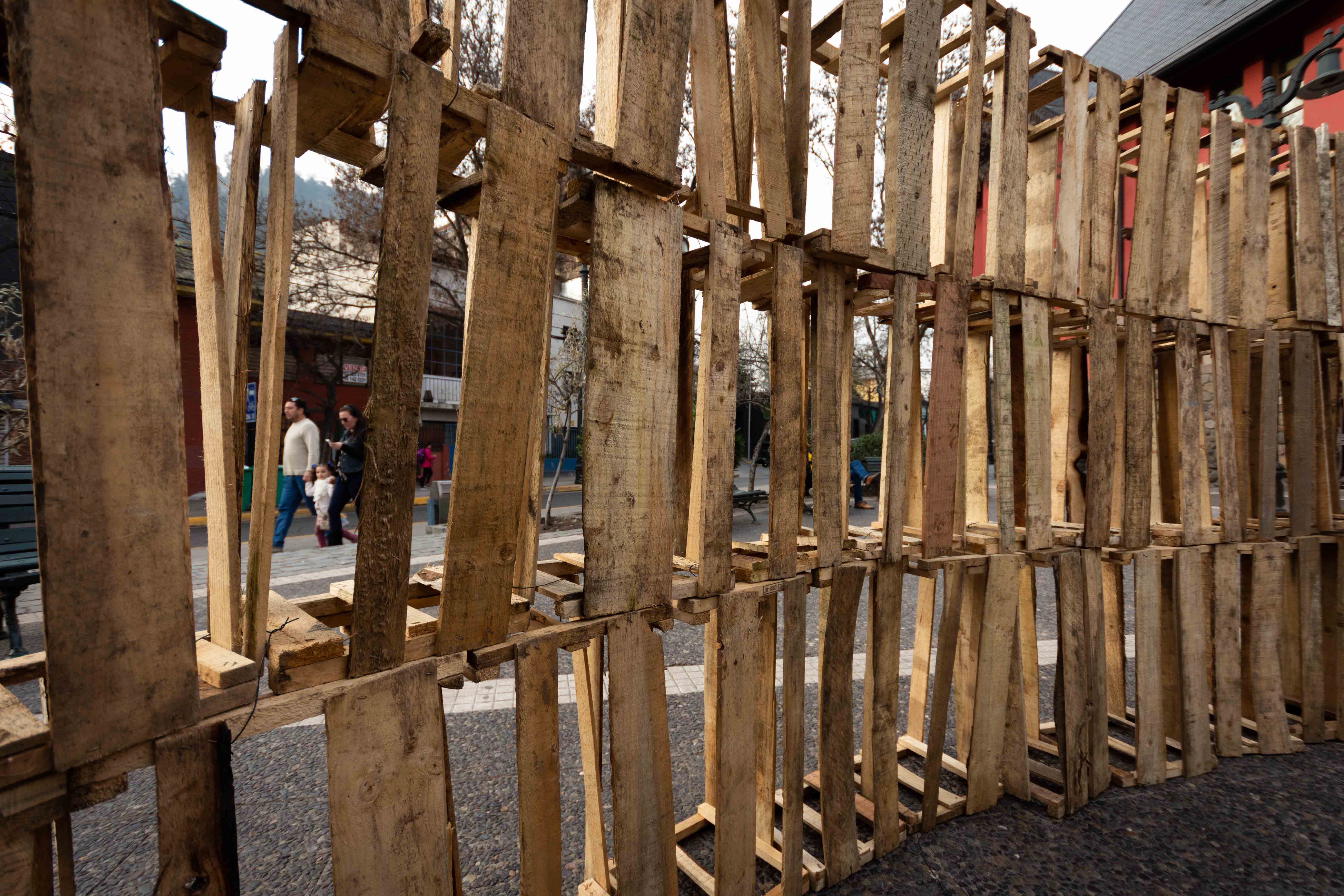
Text by Chilean journalist Juan Sarmiento on ReSources Santiago [original article published in Spanish 08.2018-11.2019]
ReSources Santiago: waste as a collective art piece
Ephemeral and communal in nature, the first version of ReSources in Chile took over the Bellavista neighborhood to hold a workshop where rethinking waste is a purpose and also a means to create an urban installation.
——————————————————————————— by Juan Cristóbal Sarmiento
From a shapeless idea to use and revalue materials considered waste, a conversation about it was born: What is waste? What are the limits of these elements? How many dimensions and uses or disuse can the declared useless have at the time? ReSources the Project seeks to open the questions from here and now, examining the characteristics of the city, resources and its inhabitants.
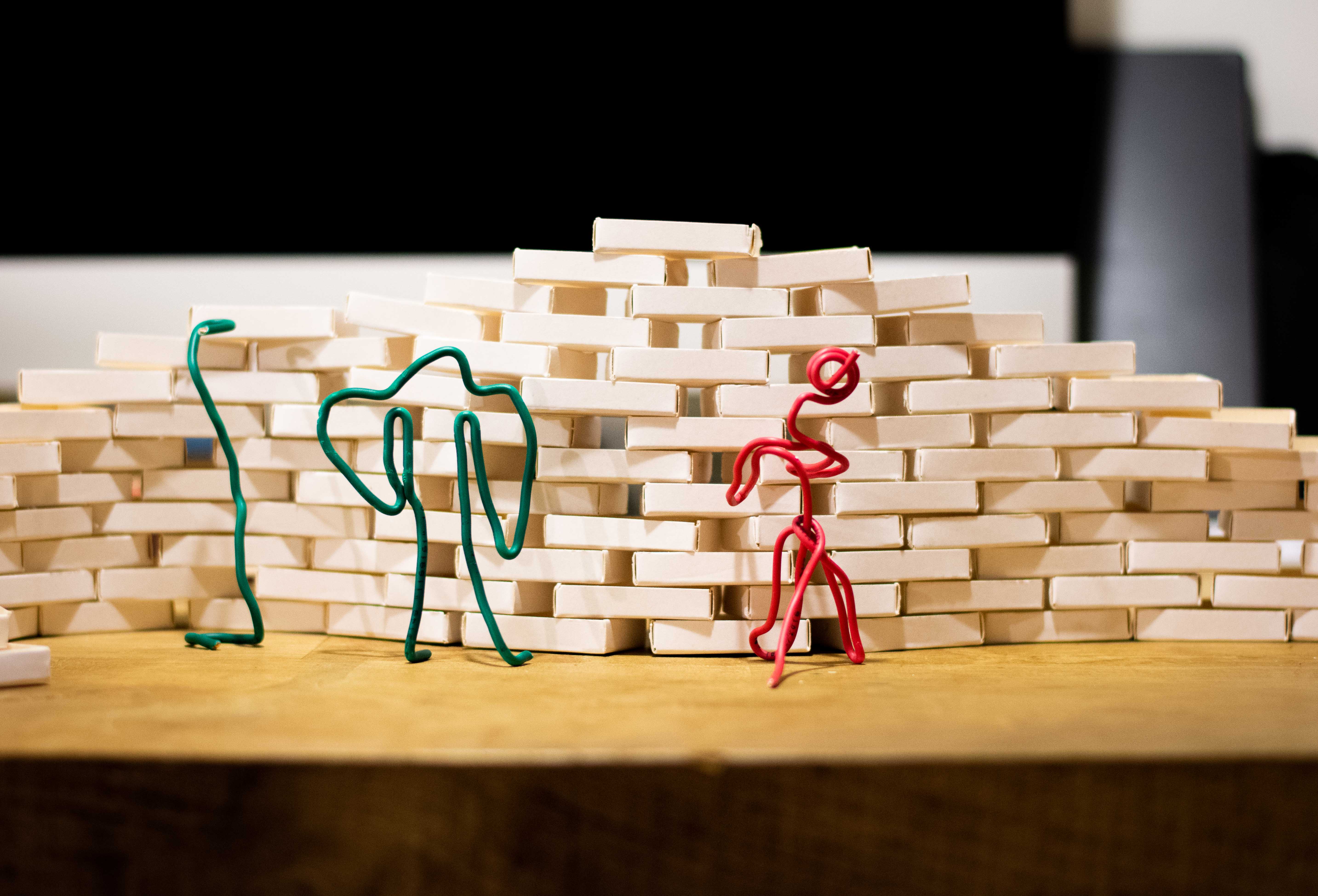
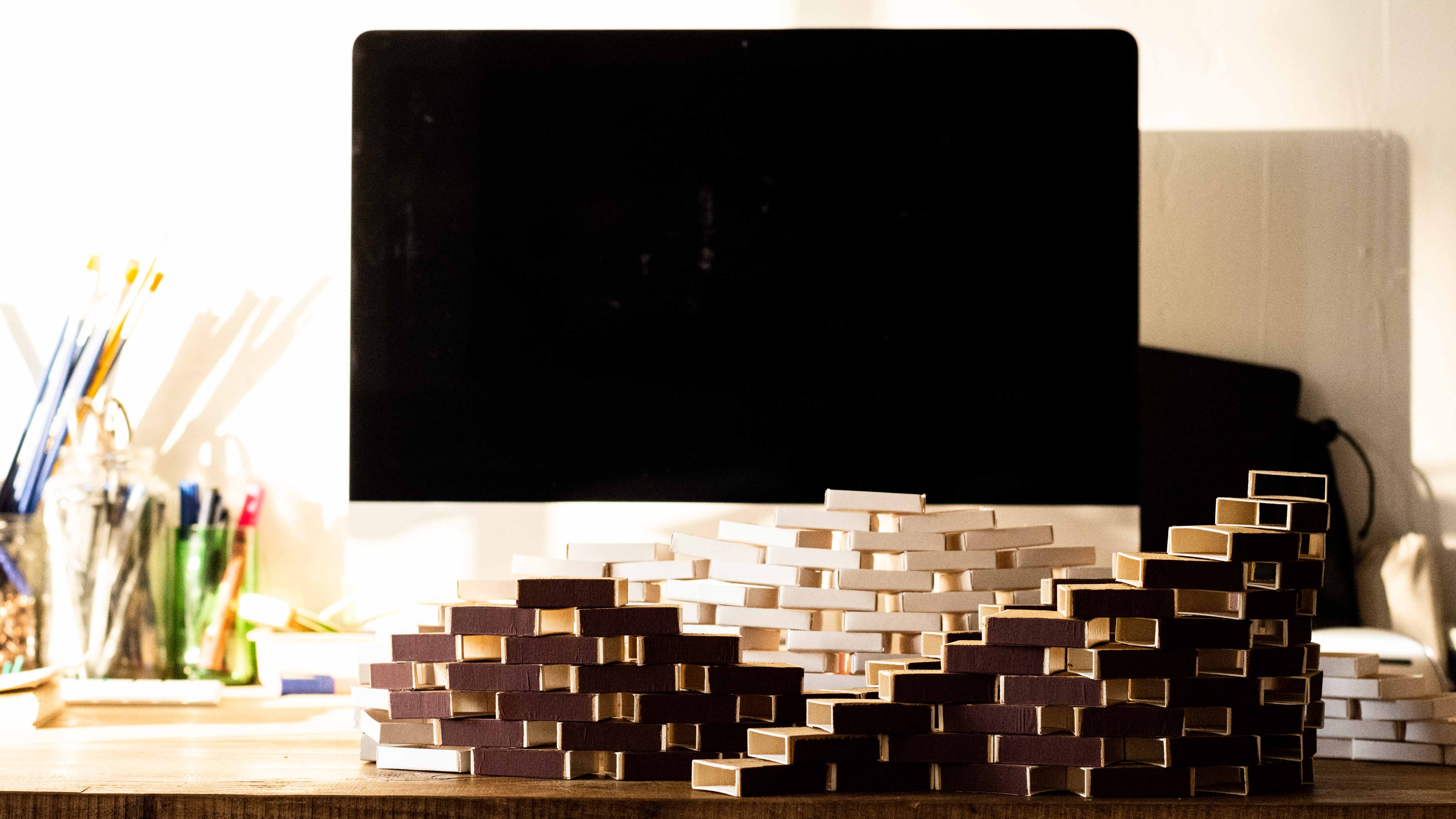
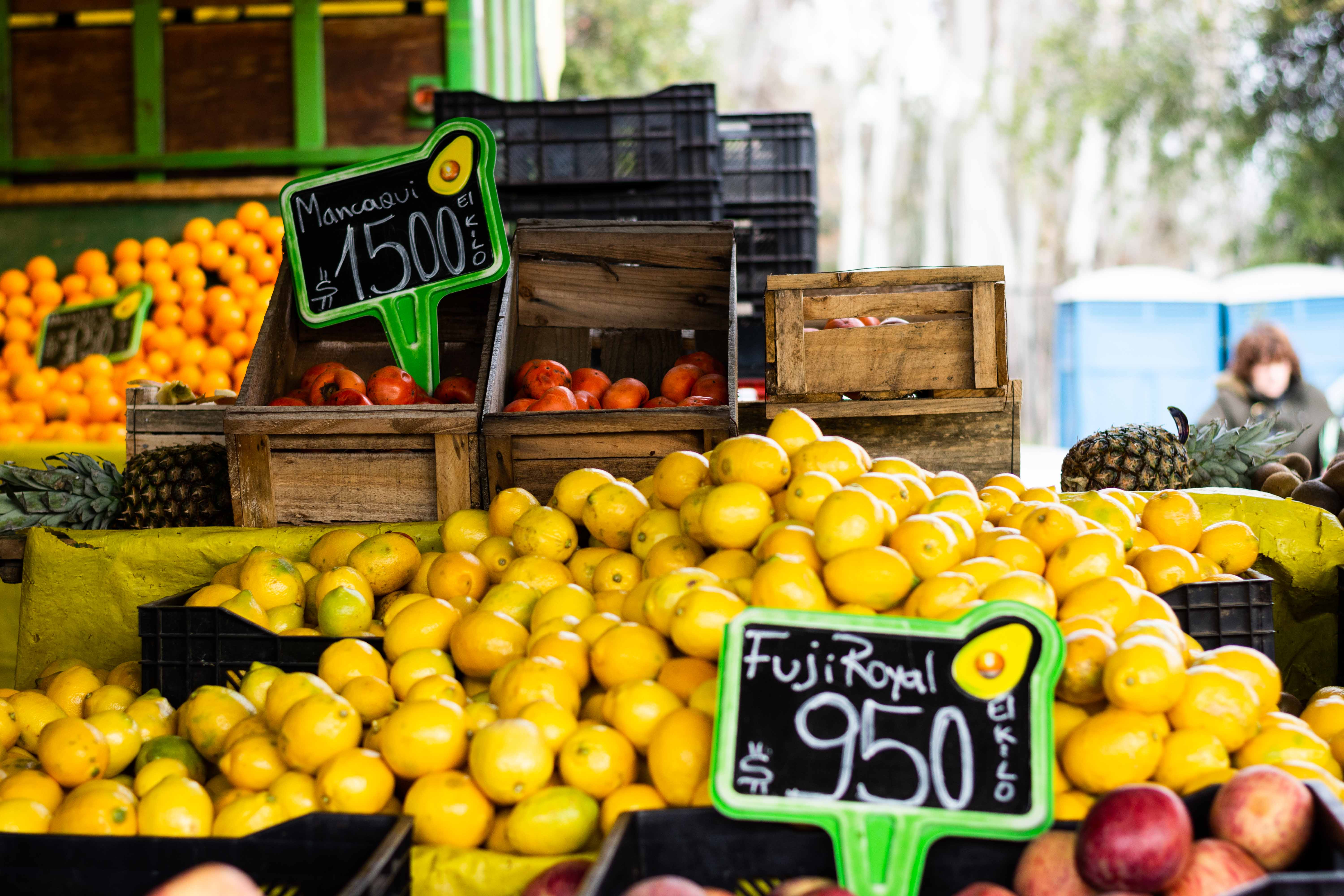
The particular thing is how the answers to those questions are manifested. ReSources Santiago had in its DNA a dynamism that moves away from static learning models and bets on a constant mutation of the workshop format. Depending on the geography and the type of waste that citizens generate, there is a photograph, an illustration, a public installation or an urban intervention.
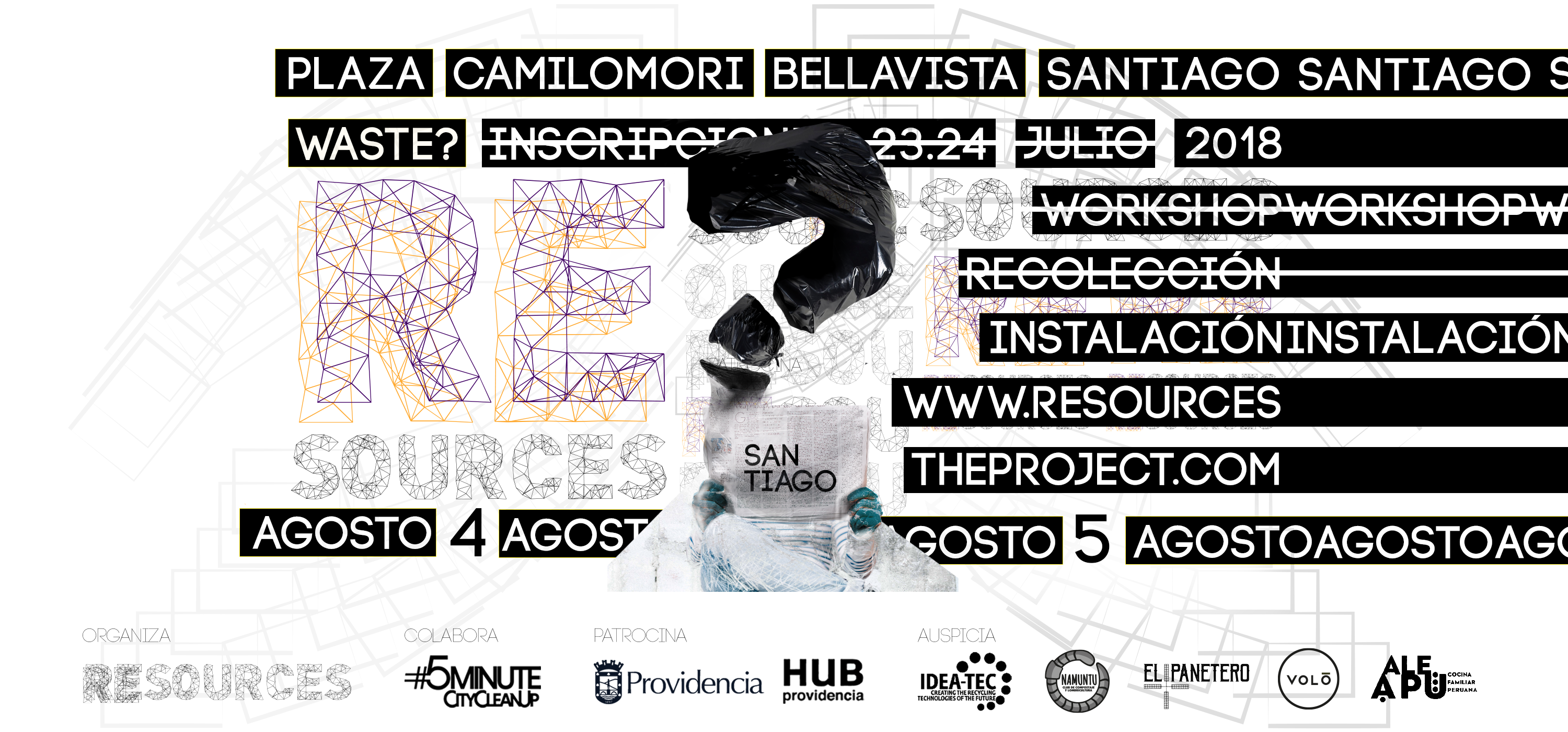
In this version made with the official sponsorship of the Municipality of Providencia and Providencia Hub, the initial kick was a period named ‘calibration’ based on an academic program related to the subject of waste that sought to put attendees to the workshop at a pace during 7 days prior to the workshop itself. Subsequently, at the hands of Luis Alfonso Monje and Gustavo Zamorano -architect and fellow architect also responsible for the project in Chile-, the face-to-face debate and group action began on Friday, August 3rd. The second day was divided into a garbage collection in the surroundings of Bellavista and then begin and finish the construction of the installation. Already the next day, the work was invited to finish with a piece-by-piece uninstallation by the community and visitors. It was an opportunity to discuss creativity and sustainability, and get to work.
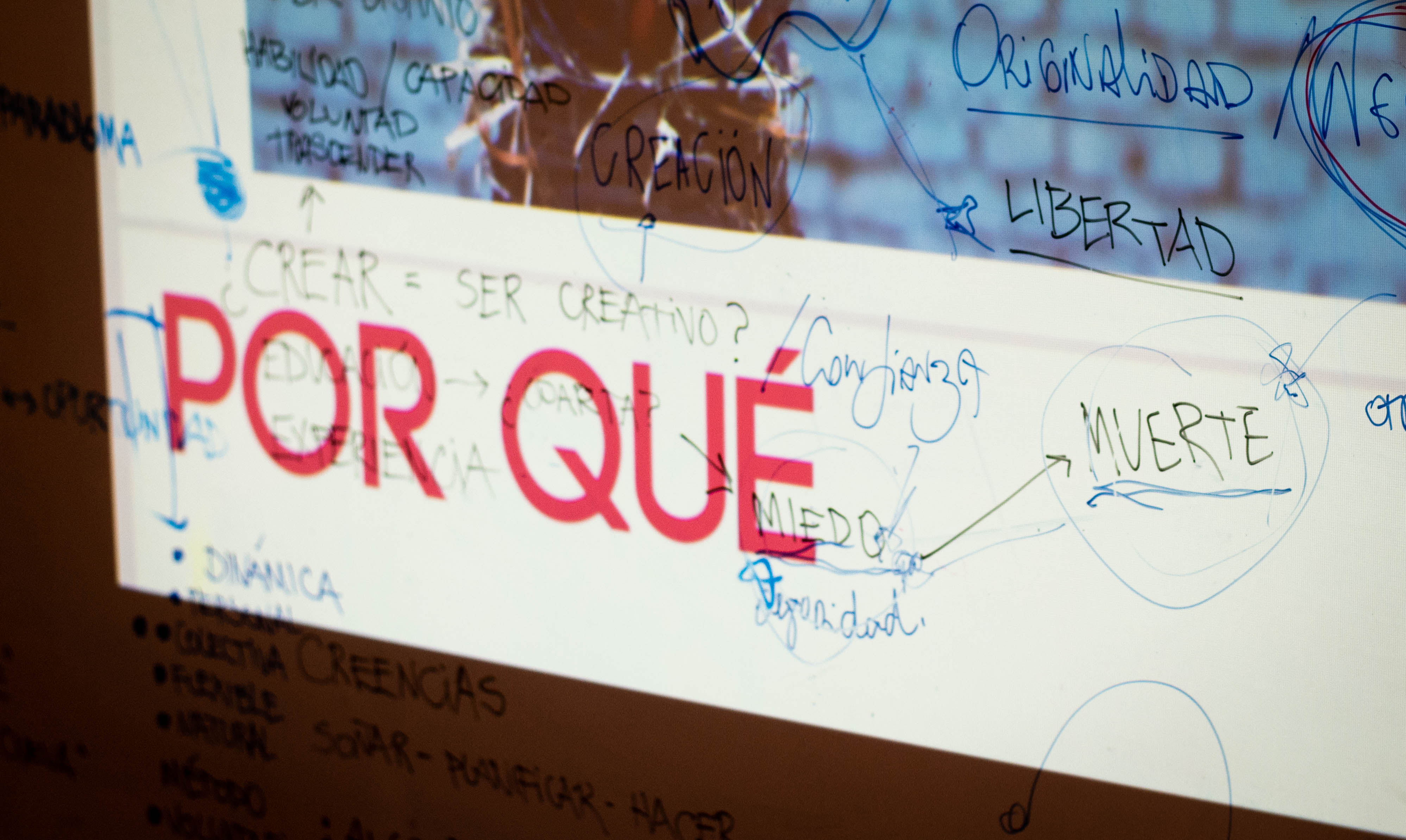
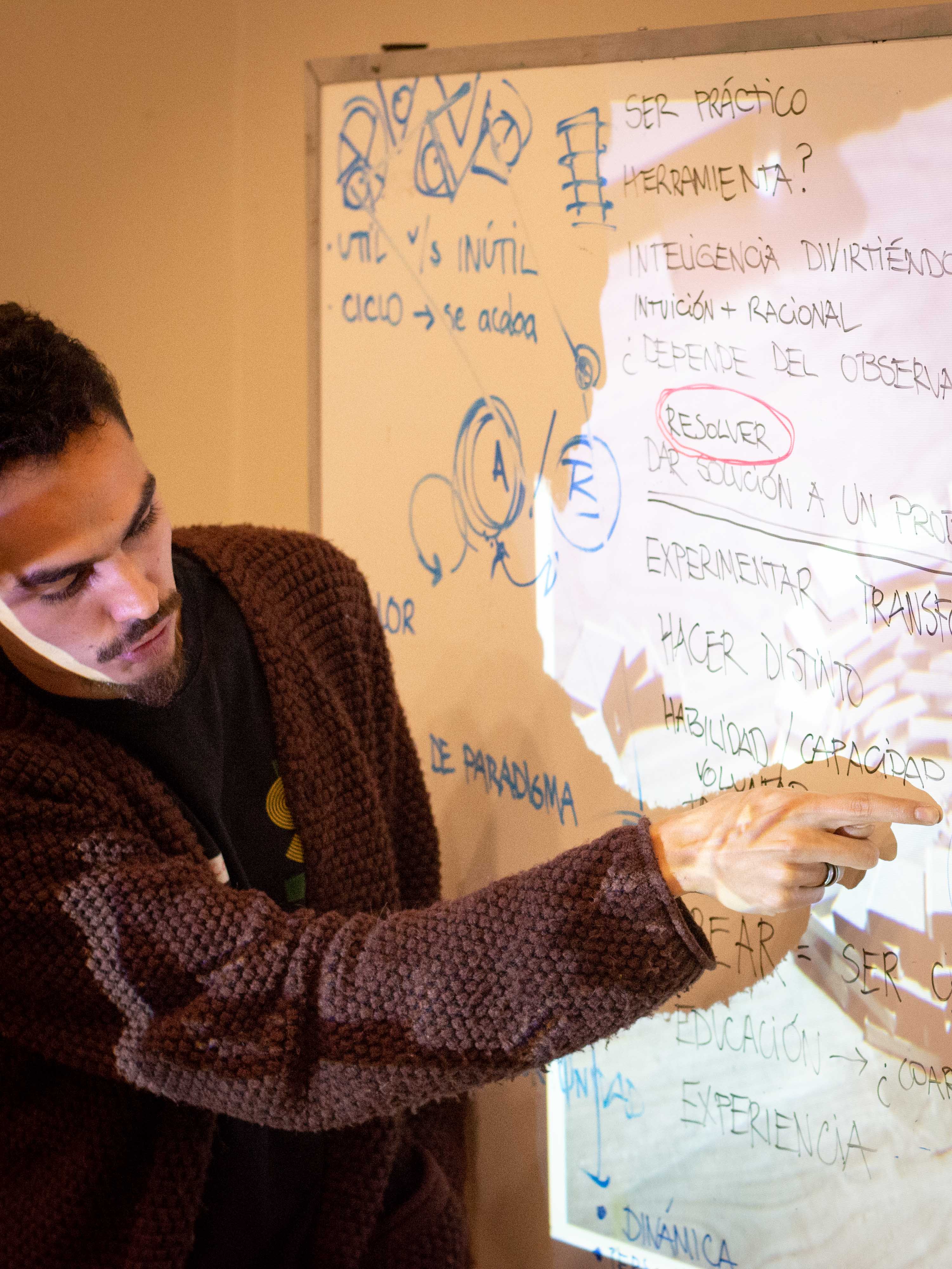
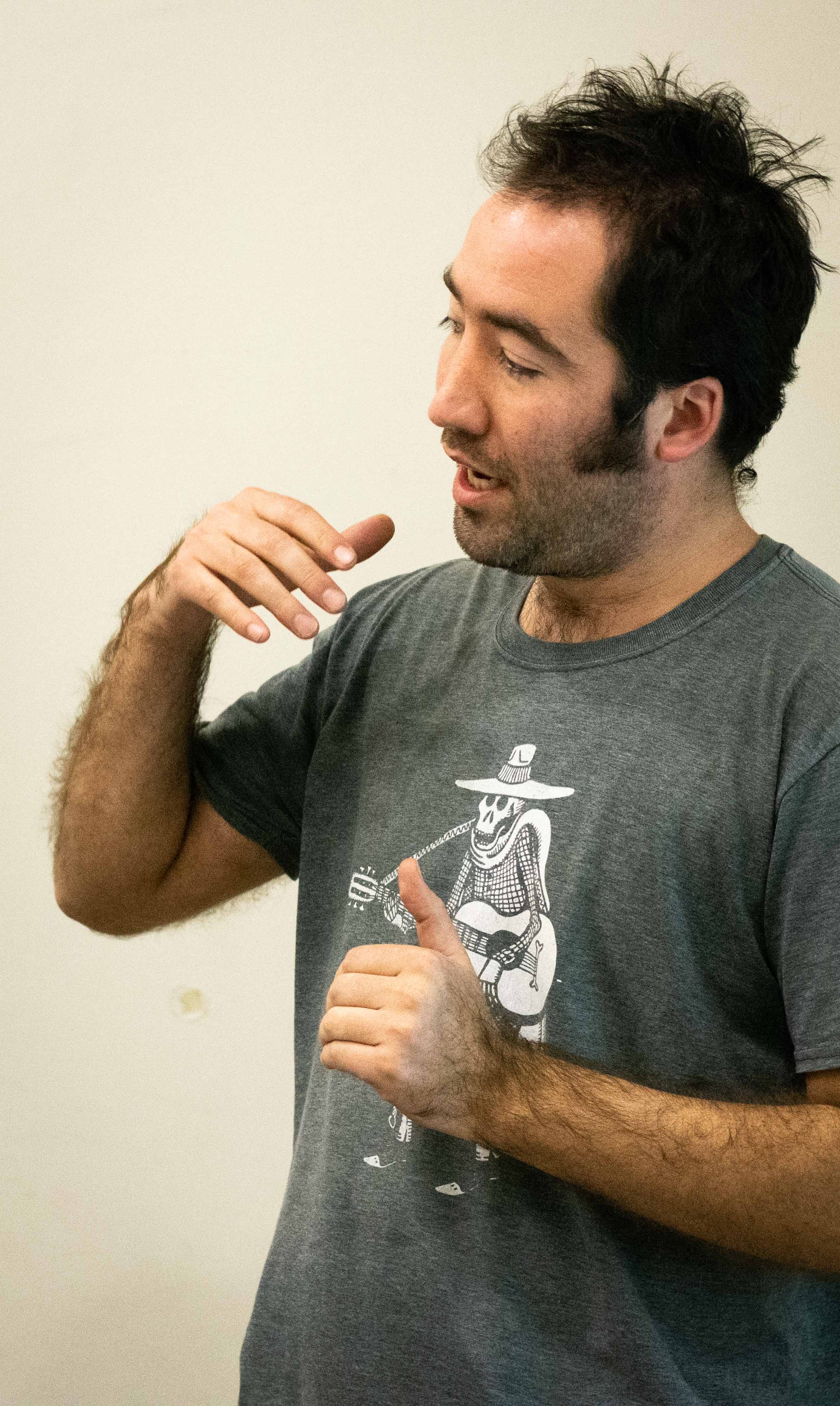
The transformation occurred in the Bellavista neighbourhood, an experience that also passed through Milan, Italy and Kathmandu, Nepal. “People who participate as visitors, as builders or artists of the work are always enthusiastic. There is a group cohesion between the team, whether they are connected from before or not with the sustainable world. This has to do with forms of responsibility, it is not art for art, ”said the founder of the project, Luis Alfonso Monje, while watching how the exhibition based on wooden boxes took the Camilo Mori Square.
The decisions were joint, the work was everyone’s. This time it was chosen to use wooden boxes, those that are commonly used in markets for fruits and vegetables. It is commercial waste. The ReSources Santiago team, prior to the start of the workshop, searched and collected more than 200 boxes. Among neighbourhood businesses, small and large markets such as La Vega Central. The wooden boxes at times are still a kind of exchange currency, while in other destinations it is an object devalued below zero. There was room for dialogue around the object.
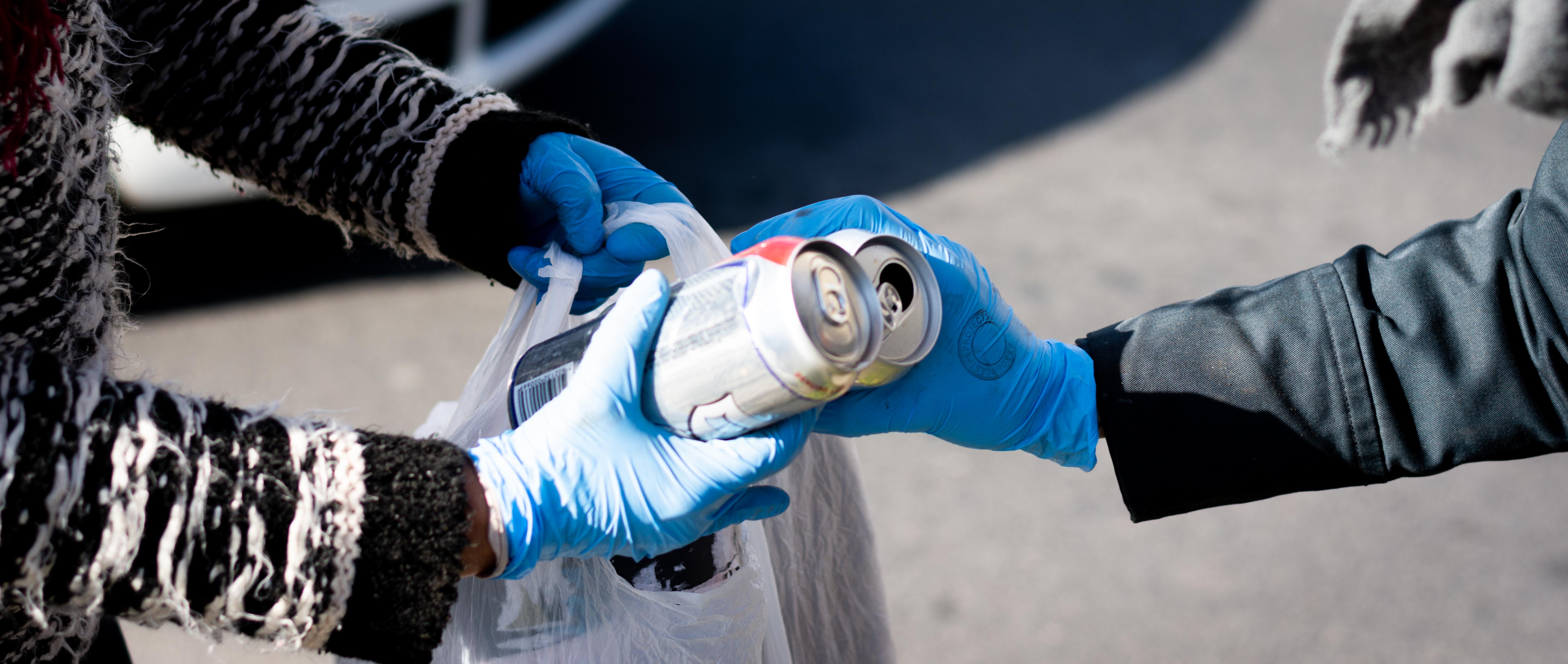
After a search in several capital fairs, an attempt that gave good and unexpected results was in Peñalolén. Upon arriving at Avenida Grecia, in the Ramón Cruz market, a merchant who lived nearby had his house crammed with boxes, refusing to throw them away. He kept them waiting for this resource to come back to use, thus contributing about 50 contributing boxes to make ReSources Santiago a reality.
“This is not a painting of a museum of fine arts. The project is not focused on the concept of art, but on identifying problems, seeing spaces and revaluing resources. When working with apparently dead material such as waste, garbage, waste, leftover material or unwanted material. However, for me it is variable value material. In a discussion held on Friday we reached the point that the possibilities of creativity occur as soon as there is movement and change. The box now has a different value since it belongs to the construction of all this” Monje analysed.
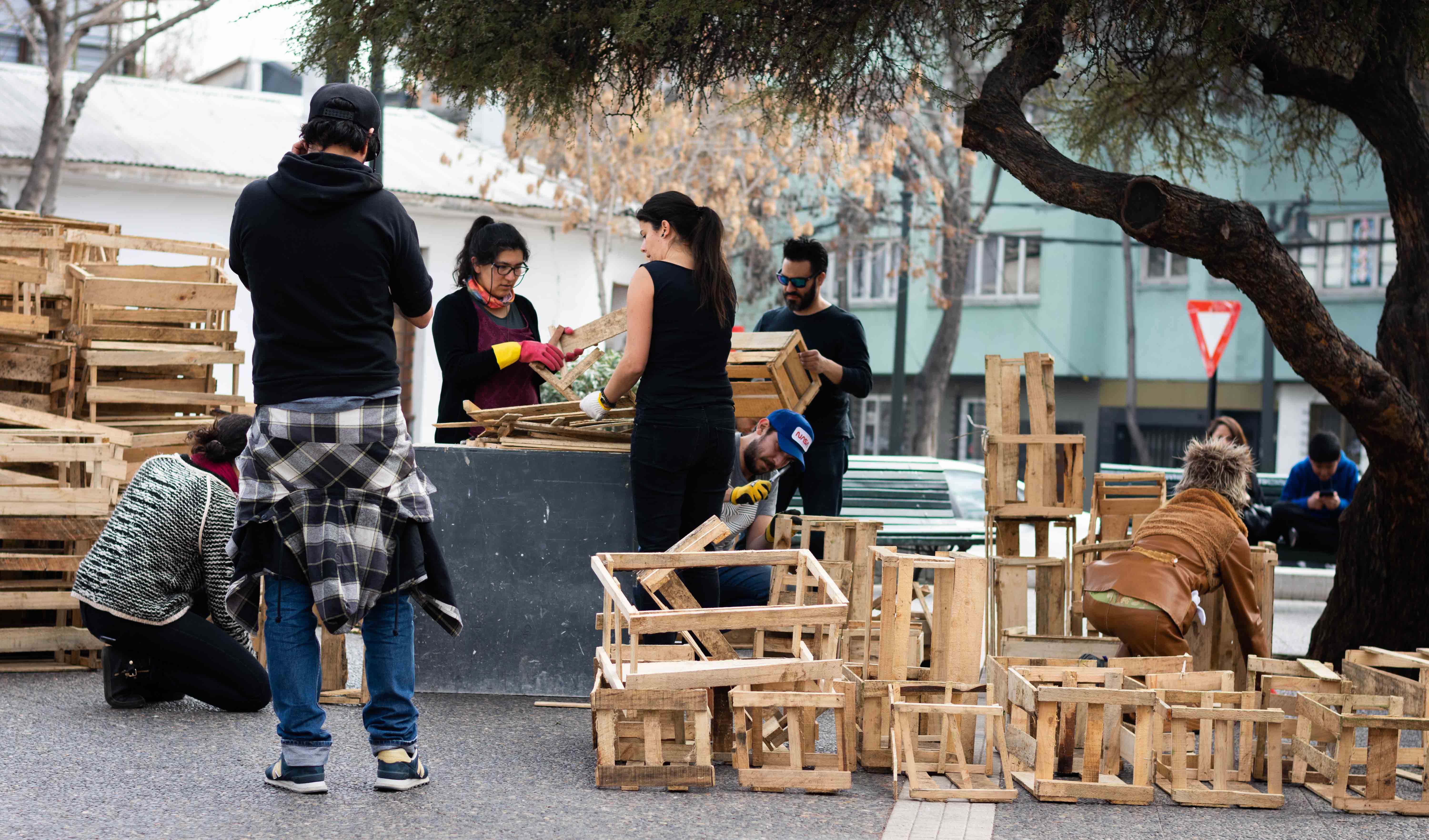
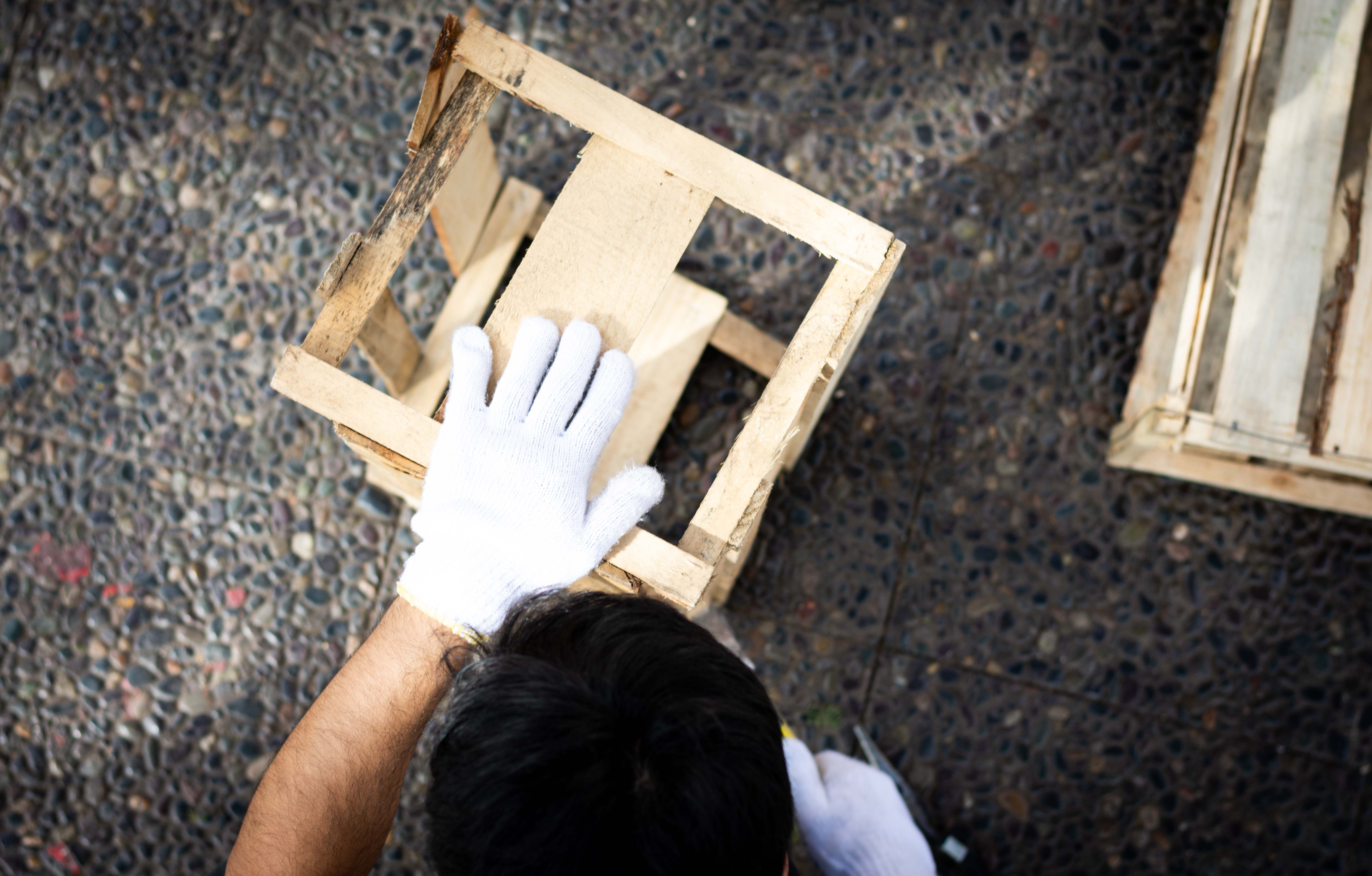
The group’s dialogue managed to present a juxtaposition. The boxes, rigid and rectangular, created a curved entity. Geometric revaluation, too. Monje and Zamorano encouraged the debate all week, doubting even the shadow and its modus operandi was the discussion among all, or else the light of the supposed answers would not appear out of nowhere. “Popularly there is the idea of ‘thinking outside the box’ and at one point breaking the morphology of it was interesting. So regardless of what angle was used, or where the work ended, what is transcendent is that we break something that has a geometric figure that looks like the creativity restrictor, ”added the creator of ReSources the Project. Passersby were not oblivious to the installation. In broad daylight and without any fabric to serve as a starter, subtracting weight, the work was seen by all those who took the weekend to walk around Bellavista. Some asked what all this means. The square had been transformed into a scenario that for 24 hours installed the discussion of waste in the bohemian city of Santiago.
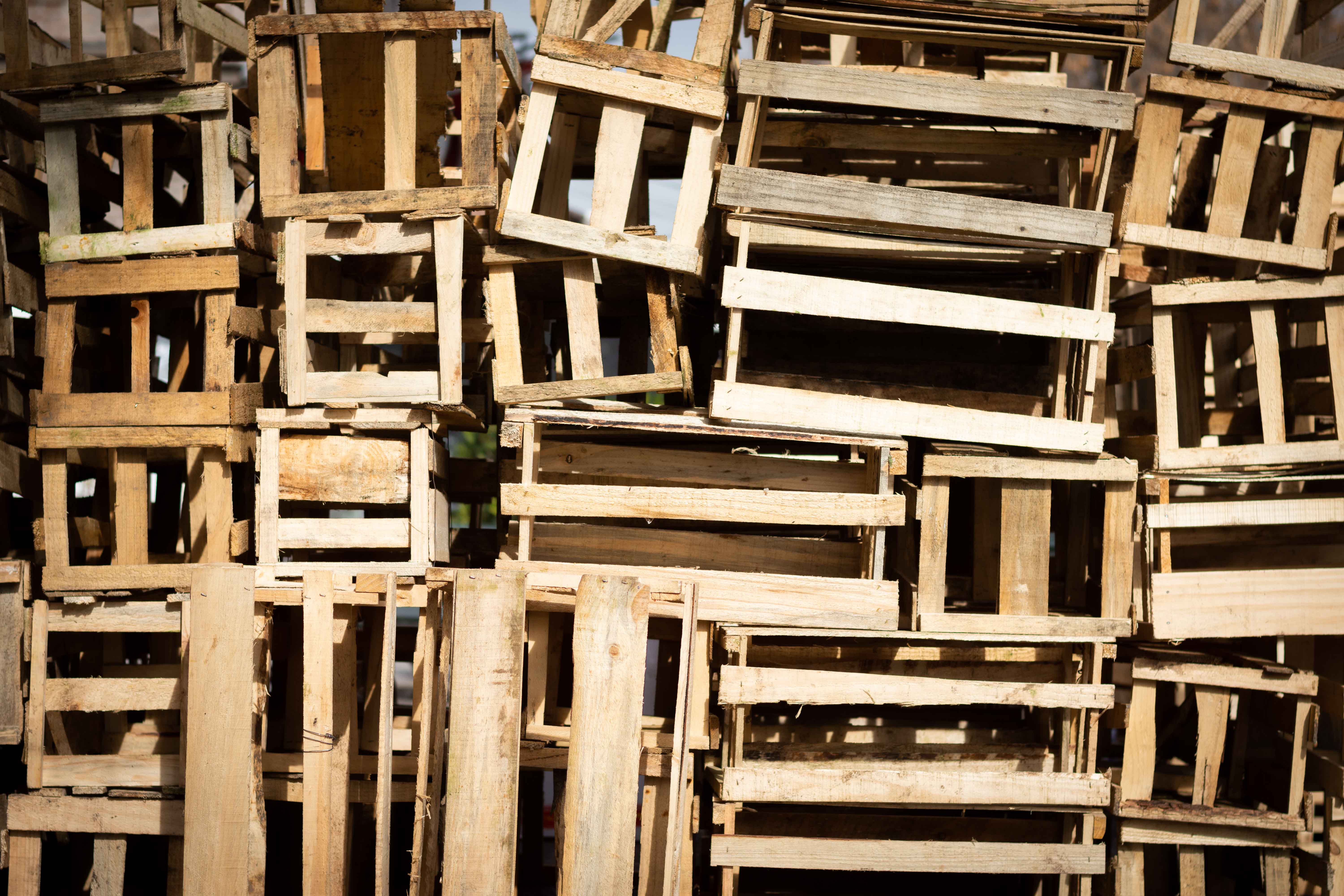
In the most effective way, ReSources Santiago presented an obvious questioning, in front of the citizens. It would have been very different to do it in a closed workshop or in a shed on the outskirts of the city. The presentation tried to change the perspective from the aesthetic and the unfunctional. The reuse originated from the useless entity, constantly evaluating the added value of the elements and actively participating in the various facets that have the creativity of the authors and resources at hand.
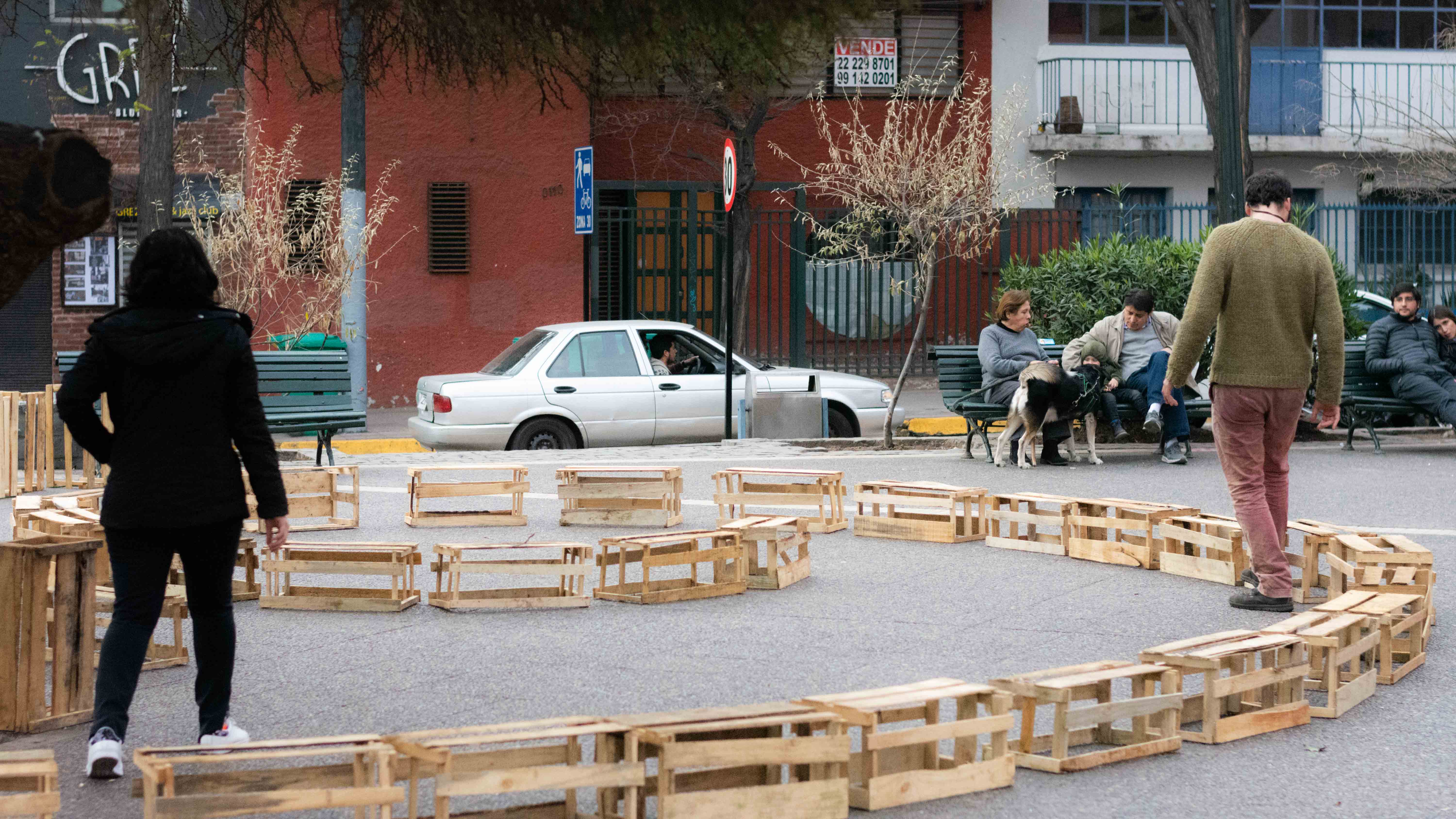
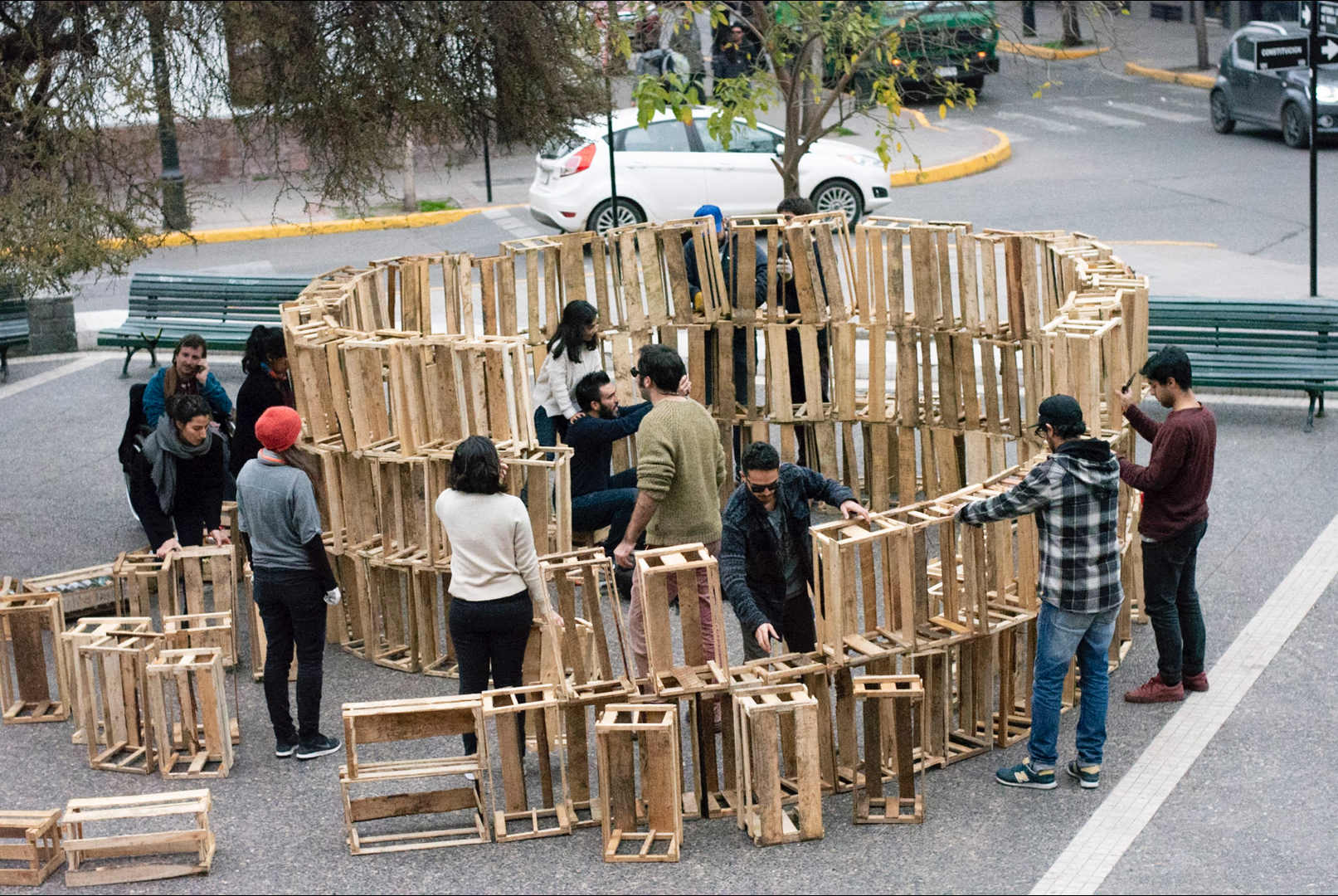
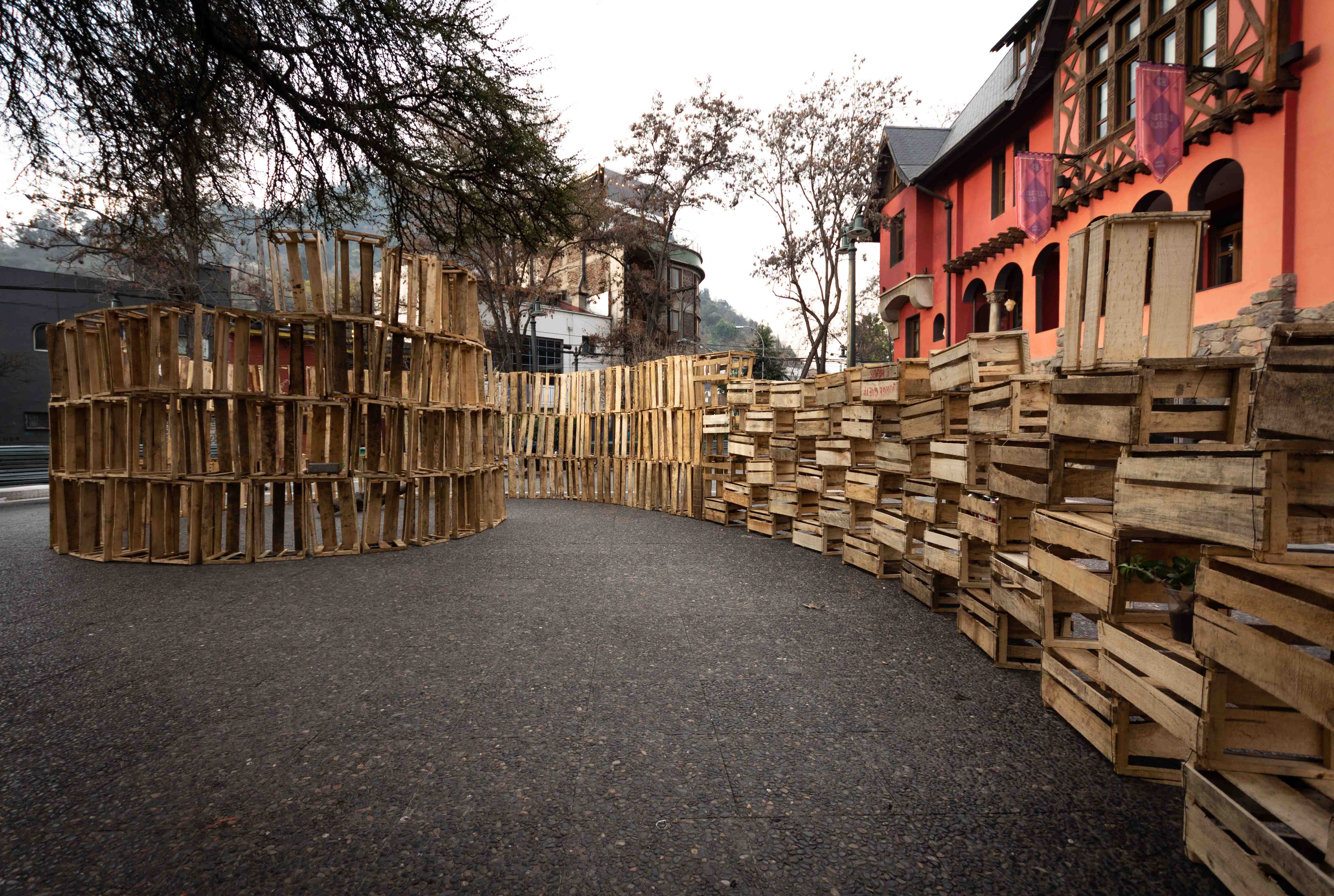
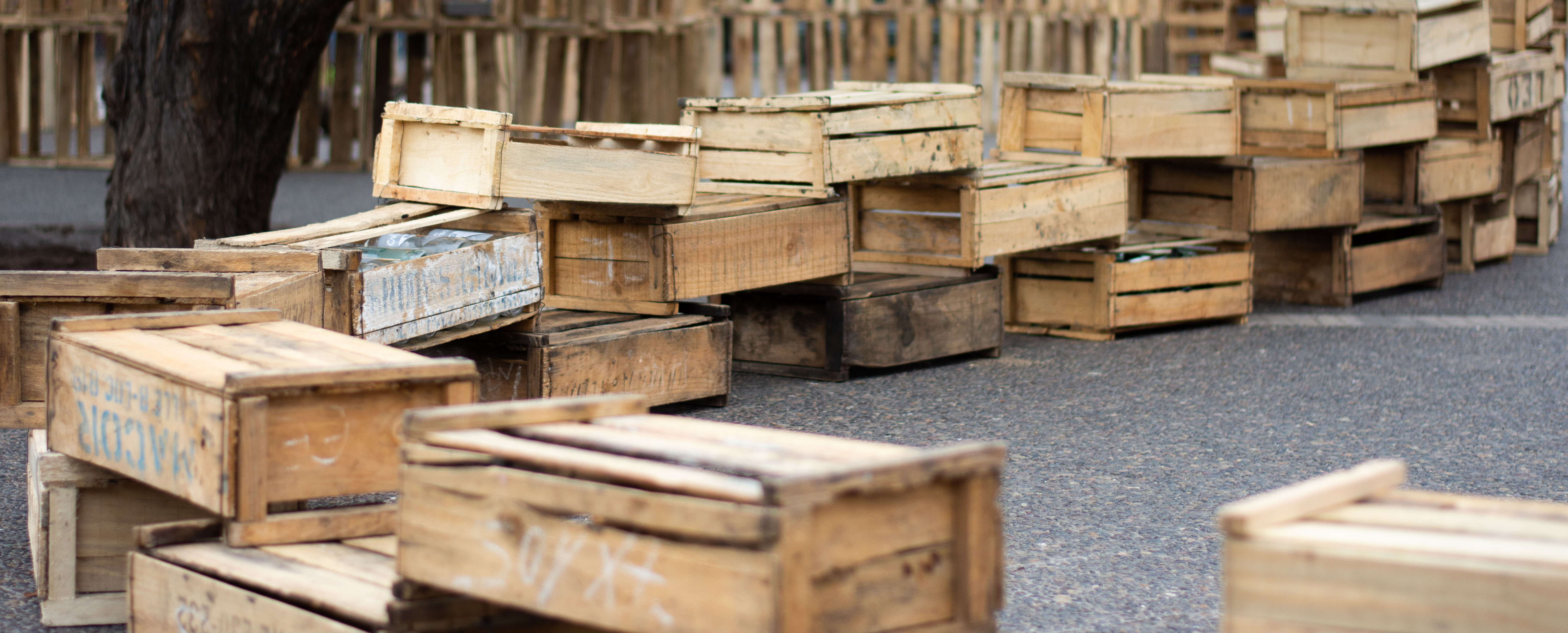
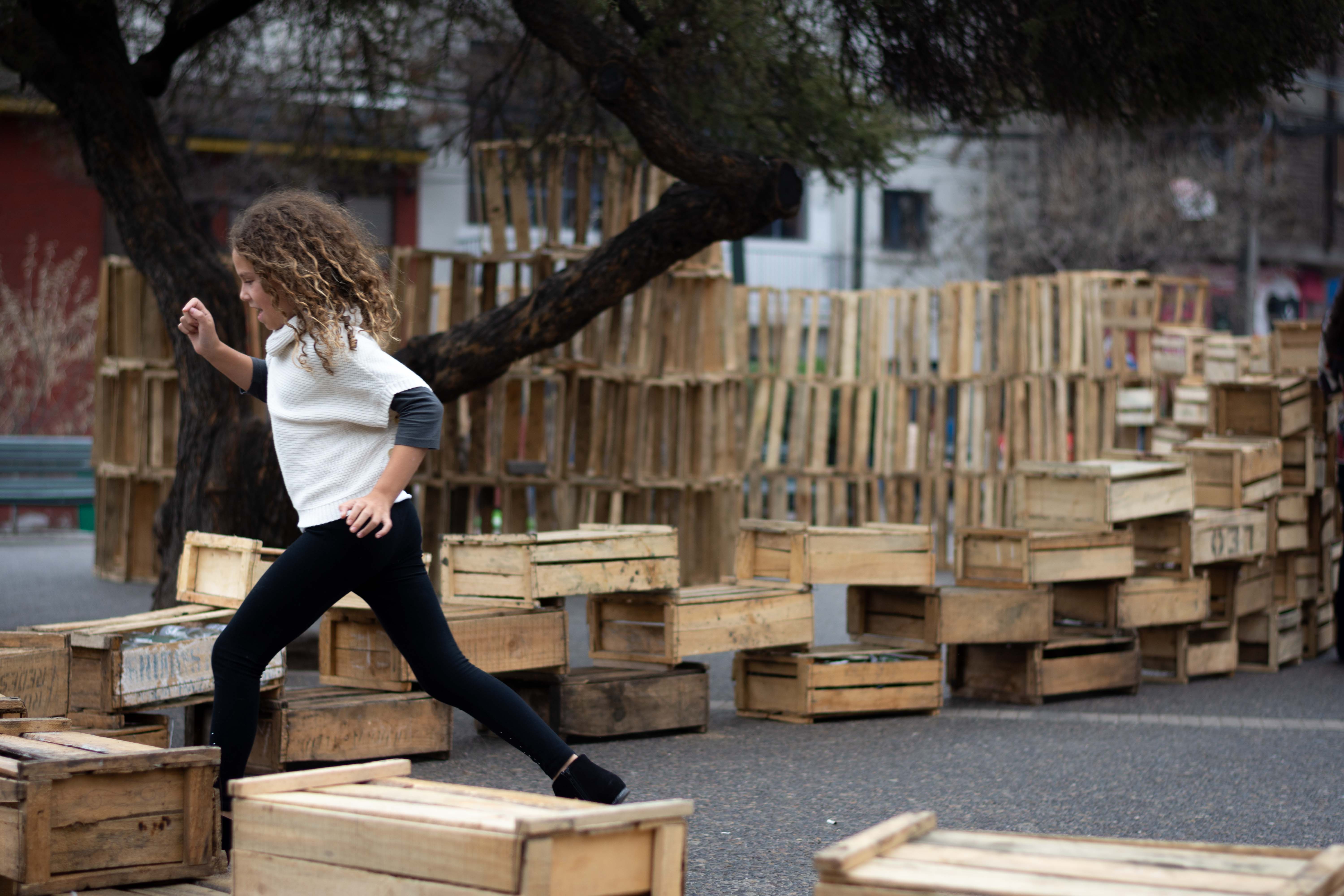
Without further ado, the public installation disappears on Sunday night and ReSources Santiago remained as a meeting, an apprenticeship, a staging. The next mutation is uncertain but in its three versions only space and waste was needed as a resource. Perhaps, in each part that the project is reincarnated there will be a different answer to the question: What is waste?
